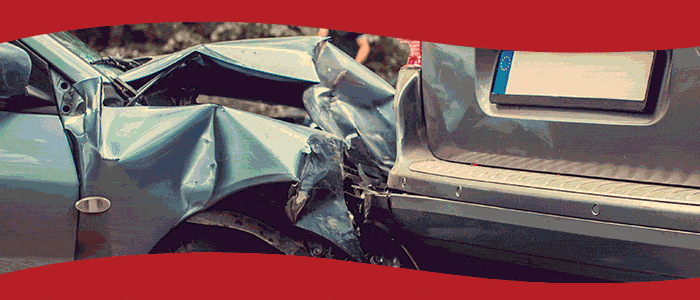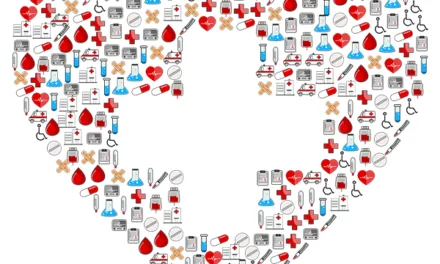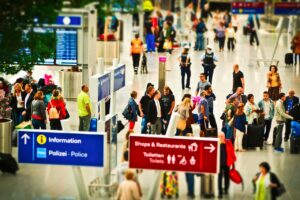Technology is at the heart of everything we do today, and mobility is no exception.
Since the Internet of Things (IoT) term was coined in 1999 by computer scientist Kevin Ashton, we’ve come a long way in developing the concept. Put simply, the Internet of Things is a network of objects and people that is connected through technology.
As passengers seek seamless, convenient, and fast transport experiences, the mobility sector has been on the hunt for the latest technology that can take the passenger experience to the next level.
Here, we discuss how the latest innovations in the IoT are enhancing the passenger experience.
Advertisement
Safe and reliable railway infrastructure
In today’s competitive world, being able to make decisions quickly is key. Long gone are the days when a driver was pretty much fully responsible for operating a vehicle. Today, cutting-edge computing and machine learning are driving not just the train forwards but also the future of railway connectivity.
Utilising computing power, railway operators can collect data and process it within milliseconds to enable near-real-time decision-making and responsiveness. This then opens the door to improving the safety and reliability of railway infrastructure.
Track and train part failures are common issues that cause delays and reduced passenger satisfaction. Big data collection and analysis through sensors can help streamline business processes and generate insights that can reduce downtime by predicting maintenance issues and allowing better management of staff and security. In return, railway operators can increase capacity, improve reliability, and reduce maintenance costs.
Data is collected through sensors that are placed on critical parts of the trains, such as brakes, wheels, and engines, or on the actual tracks. They can measure variables that have predictive value to maintenance teams, such as track condition and air and track temperatures.
Seamless passenger experience
The IoT is providing an enhanced passenger experience not only through optimising the rail infrastructure and train operations to offer safety and reliability but also by modernising day-to-day passenger service.
What that means is that the passenger journey from A to B is seamless and informed by digital services that promote connectivity, efficiency, and convenience. There are the latest passenger service tools.
Real-time passenger information (RTPI)
For example, big data can provide accurate scheduling information. With the advancement of real-time passenger information (RTPI), details about service updates, time schedules, accurate bus locations, and destination data can be shown on both passenger information displays and mobile apps. That way, connectivity allows riders to plan their journeys much in advance and improve their passenger satisfaction rate.
Wi-Fi connectivity
Many IoT devices make use of WiFi to connect to the internet. A high capacity WiFi service can also be used to elevate the passenger experience significantly. Outfitting the train with onboard Wi-Fi connectivity means that passengers can optimise their travel times, especially commuters. A recent study at the University of Glasgow investigated the relationship between internet use while commuting and travelling and modes of transport. It became evident that internet use on public transport impacts the value of travel time. As a result, ridership was increased.
Advertisement
Infotainment
Wi-Fi connectivity also facilitates infotainment. This is commercial content and useful travel information displayed on onboard screens. Infotainment is a vital communication link between a transit agency and its passengers. It connects to the train’s ecosystem through a network connection and displays commercial content through scheduled programming technology that can be controlled based on prime times and locations.
The displays showcase information about schedule updates, safety measures, and the company’s policies, and are also a great way to promote the company’s services and offers. It can also be used as a monetisation tool by allowing advertising content from other parties.
Smart Ticketing Automated Fare Collection
In order to eliminate queue lines at ticket machines, operators can implement automated fare collection that fuses cloud-based technologies with cutting-edge computing. Through sensors on platforms or trains, specific smartphone apps can be detected as passengers enter the station or train. That way, they’re automatically being charged the correct fare.
This is beneficial in terms of optimising the passenger experience and operations and collecting data about passenger behaviour to inform future optimisations.
With innovations of the Internet of Things, we’re enjoying a more connected, frictionless, and convenient passenger experience that is benefiting not only the riders but also the transit companies. We are excited to see what the future of mobility holds!













